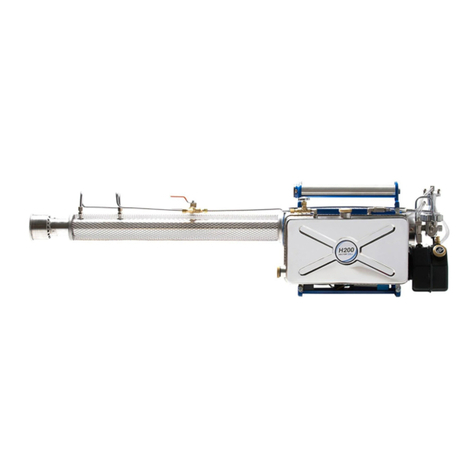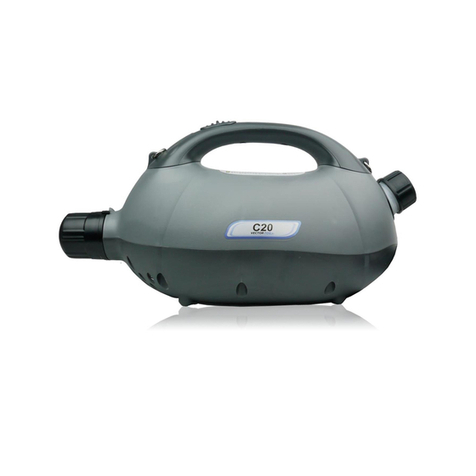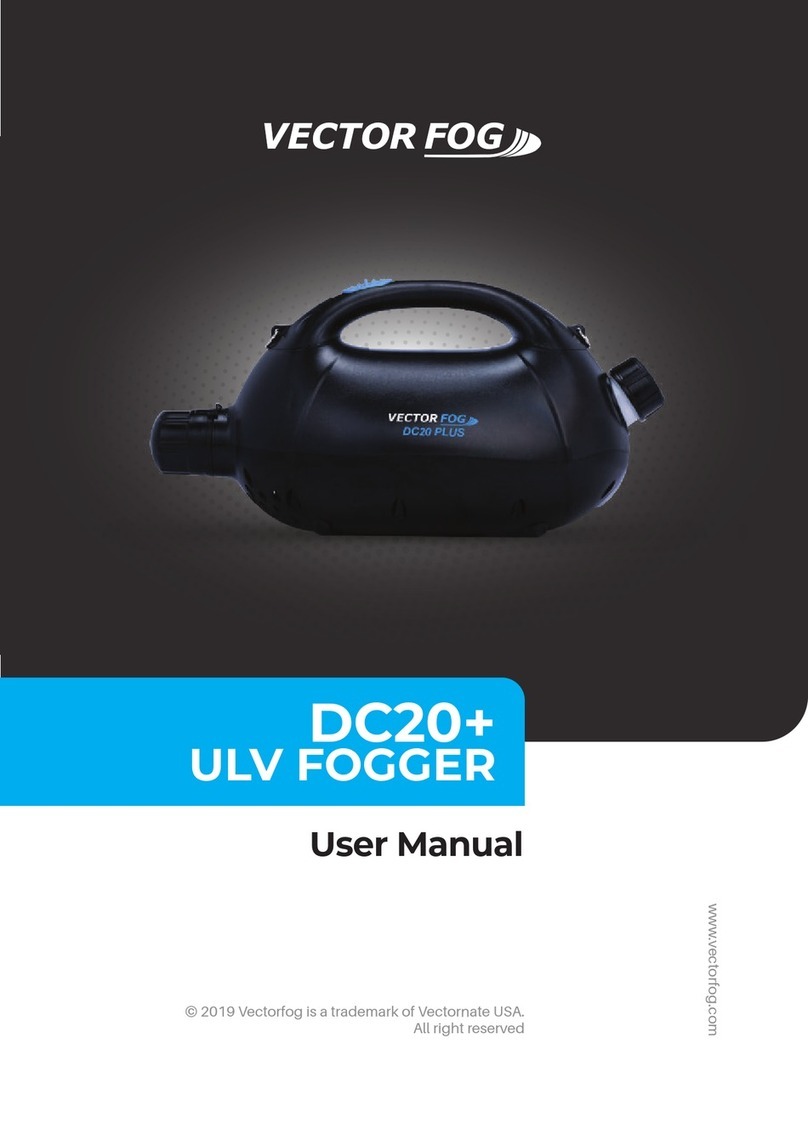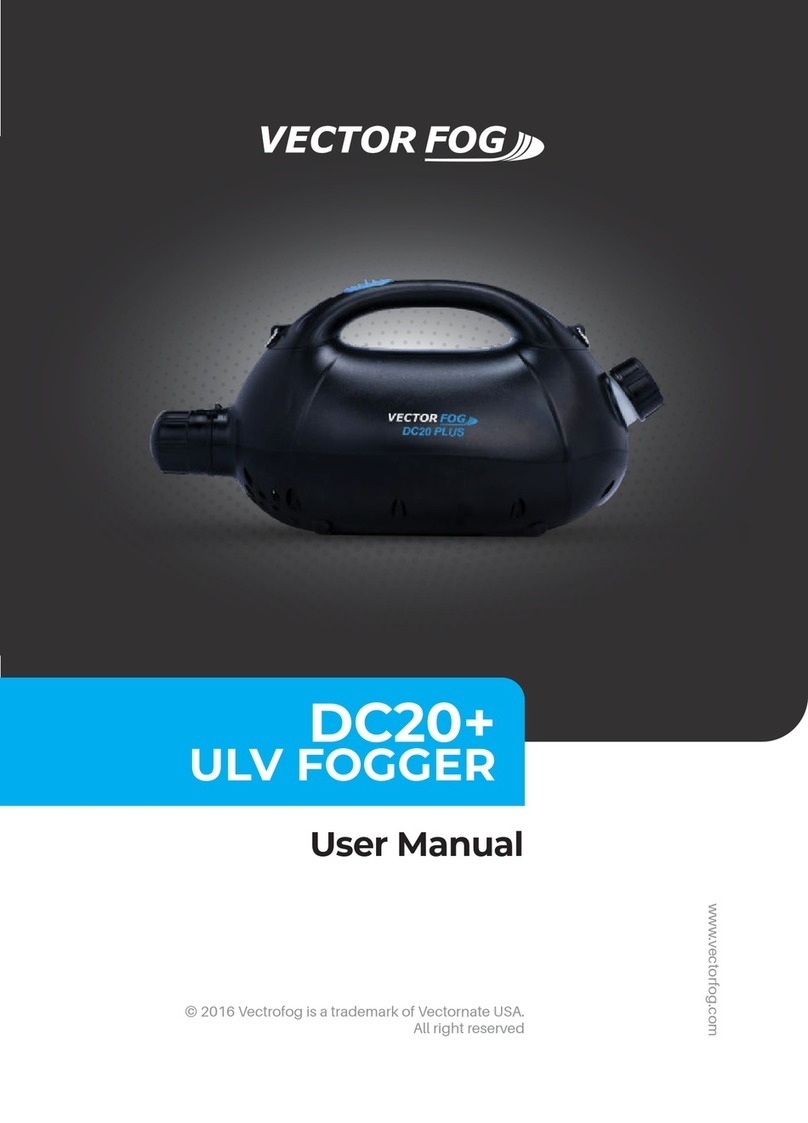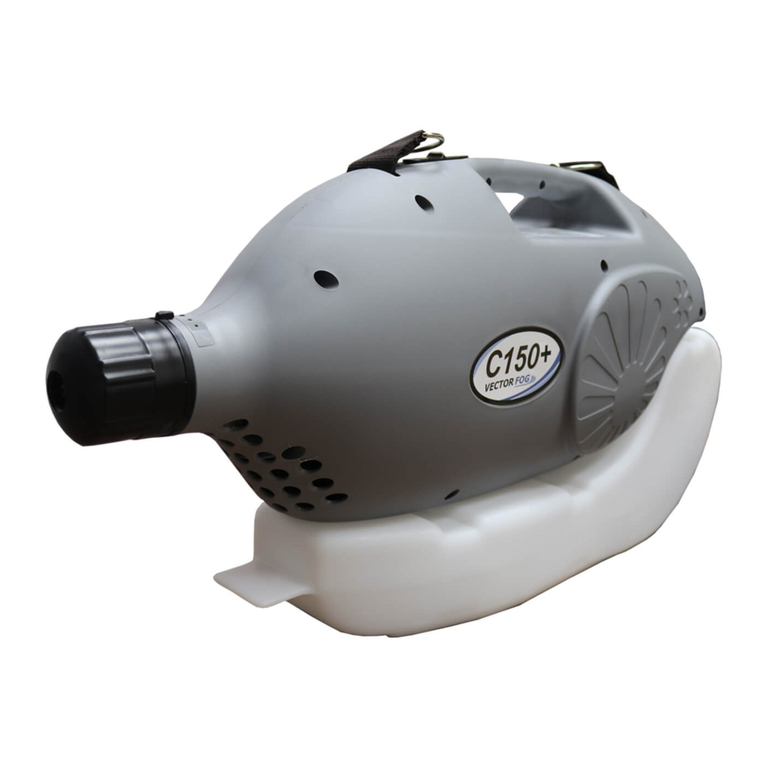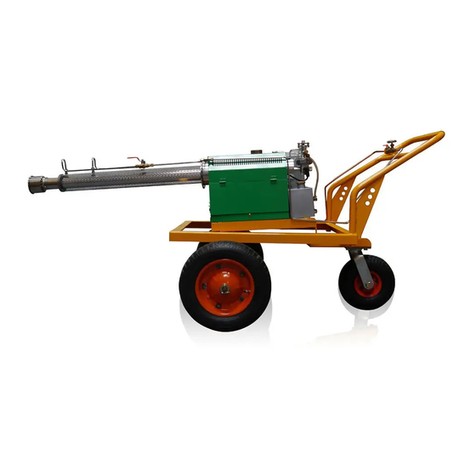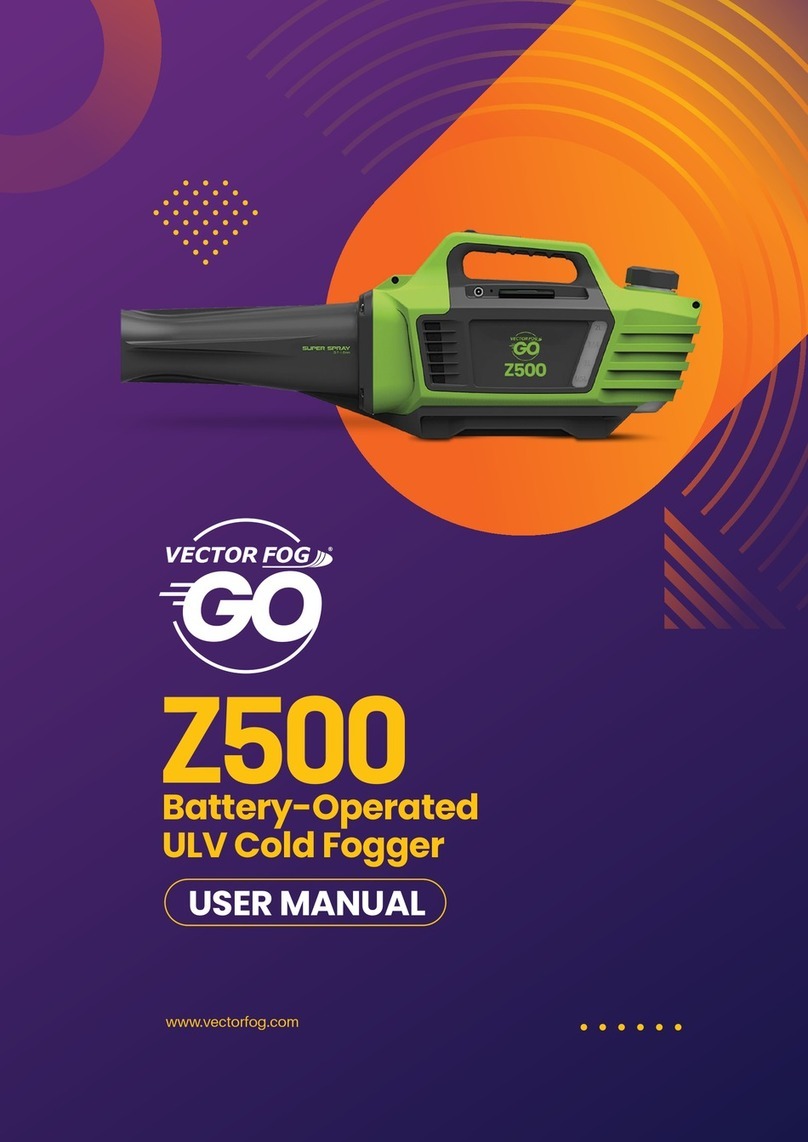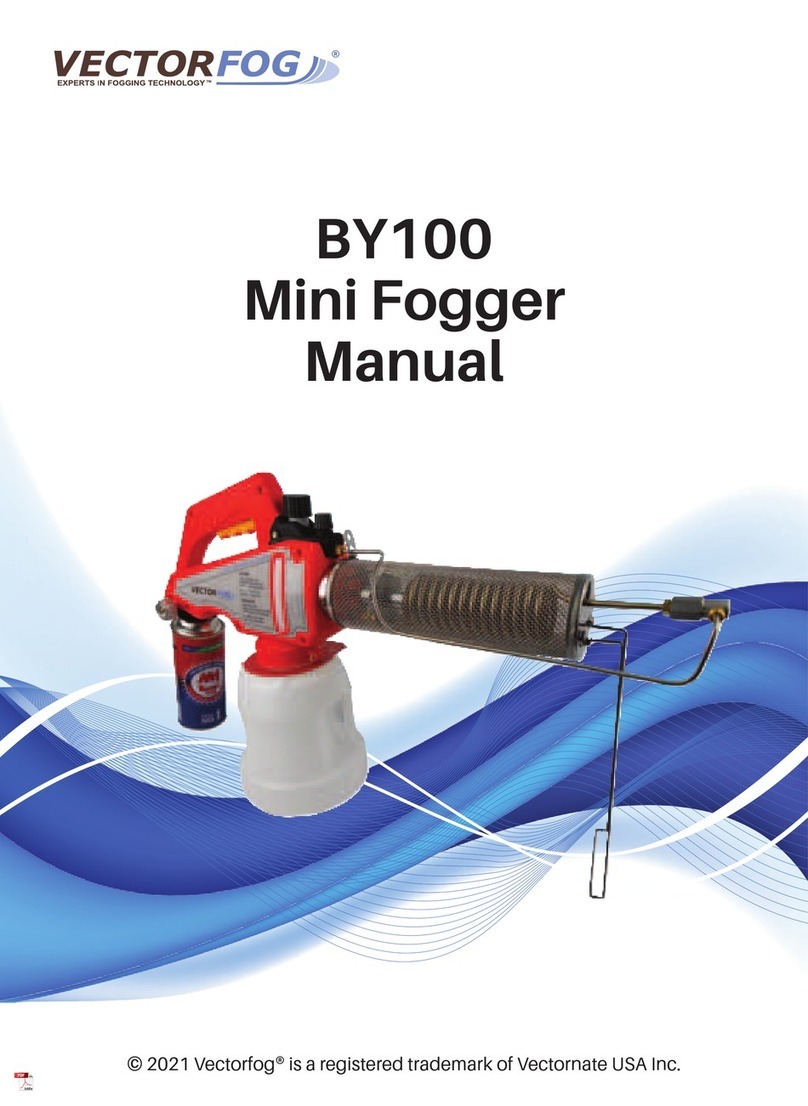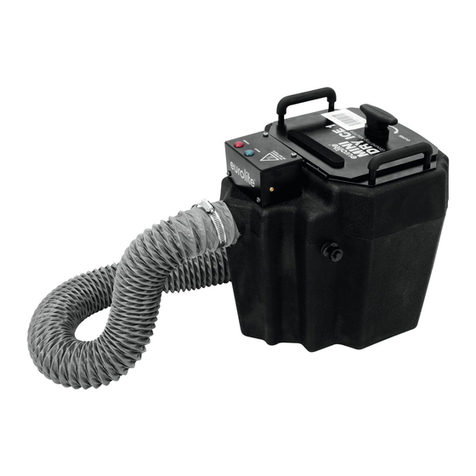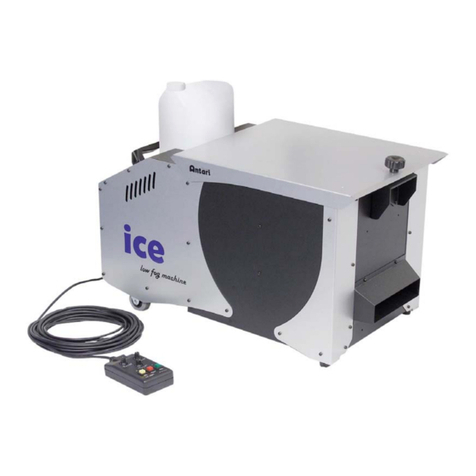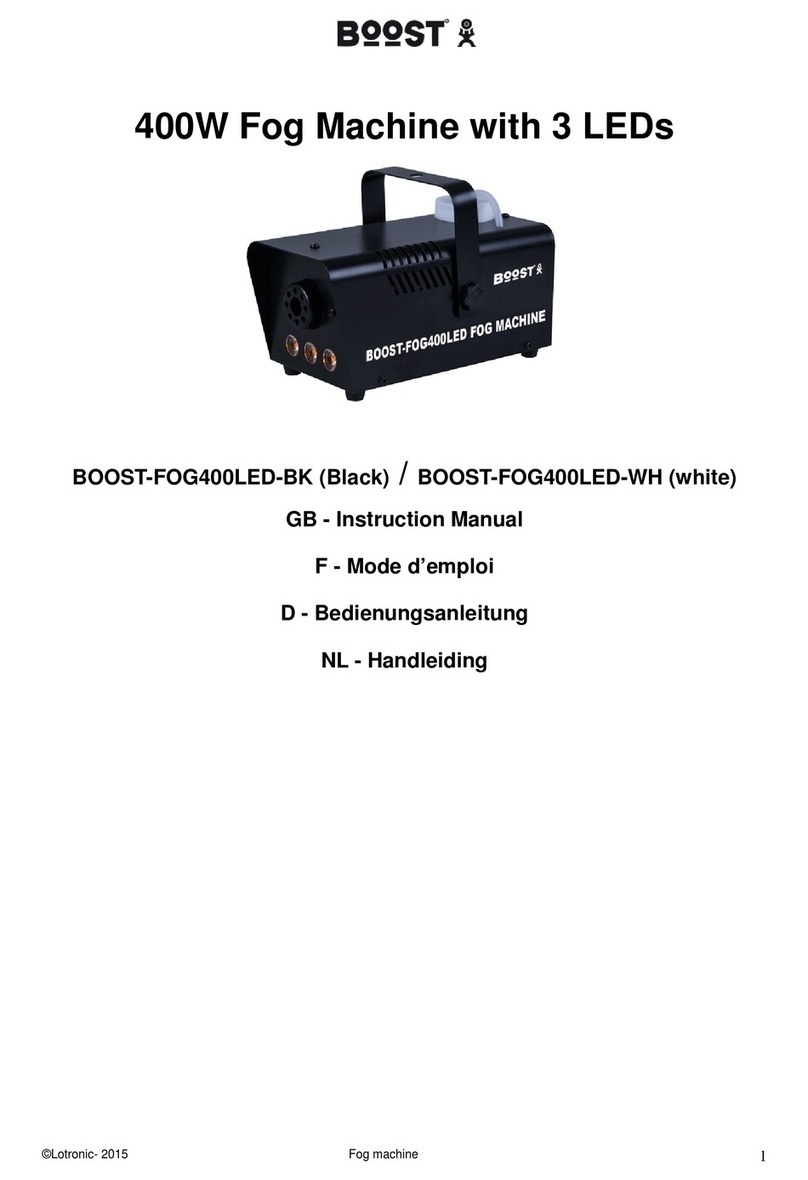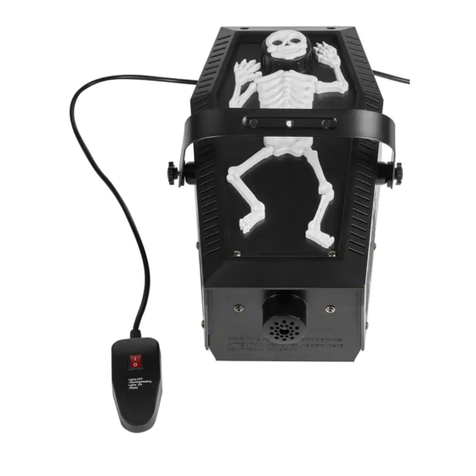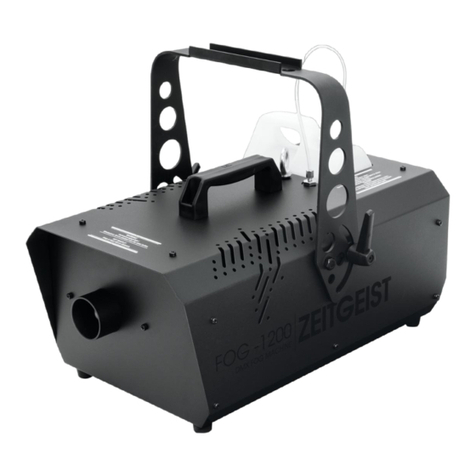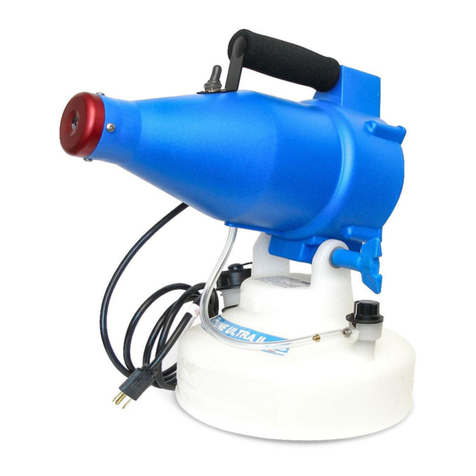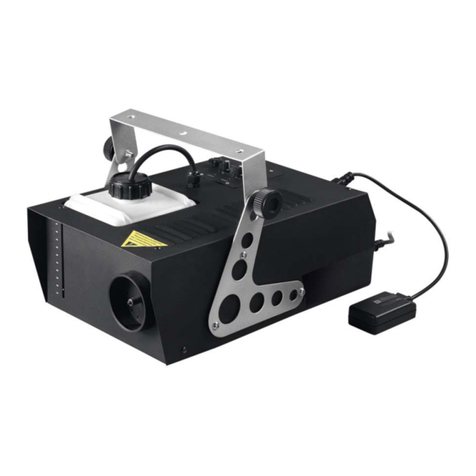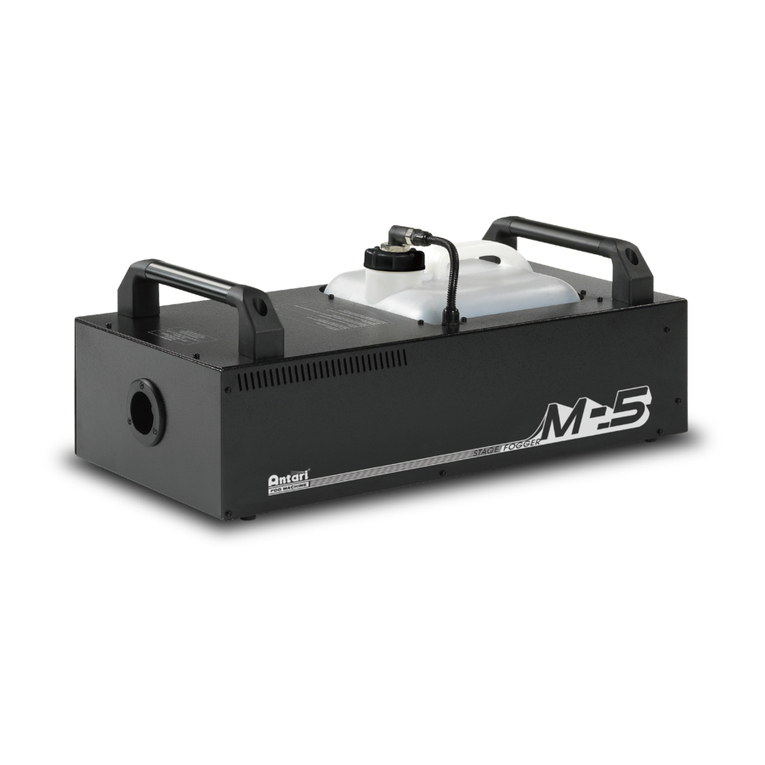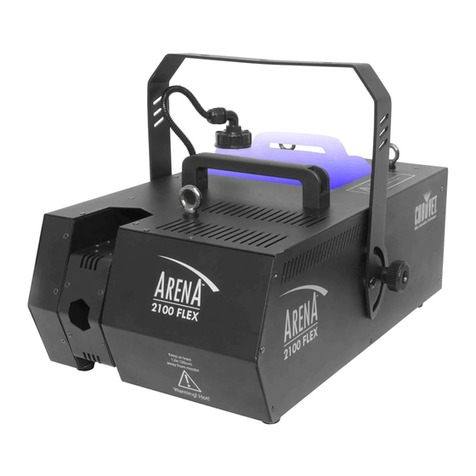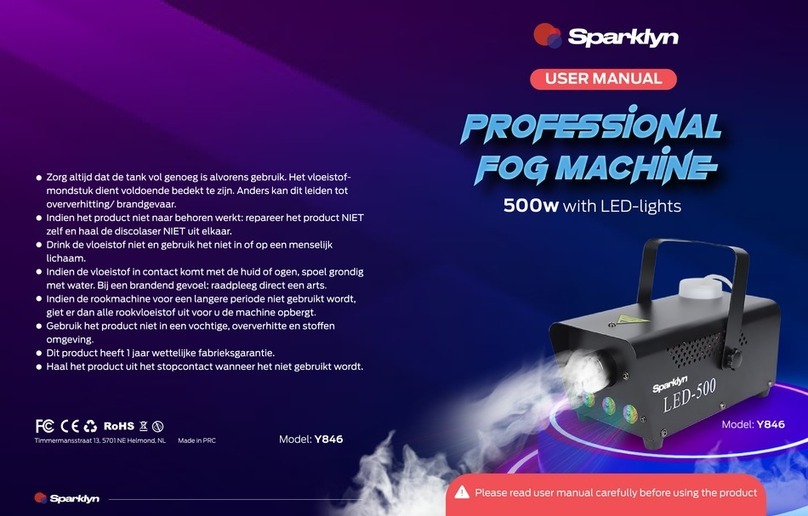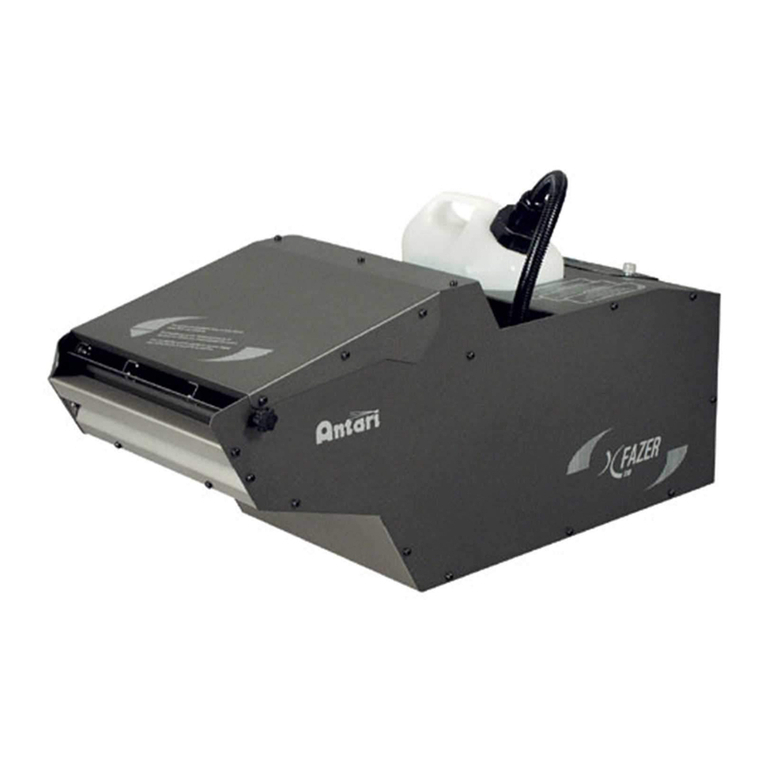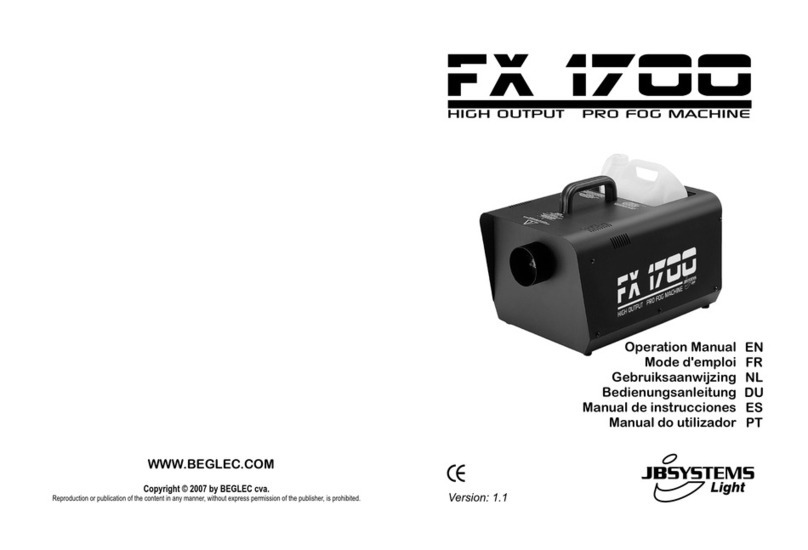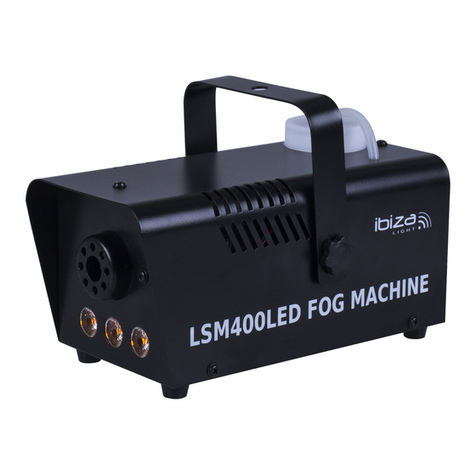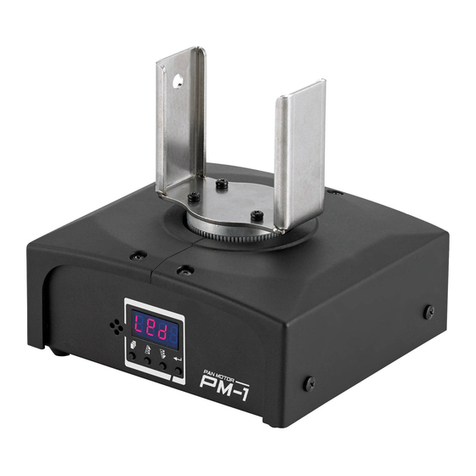
8
TROUBLESHOOTING
If there is no ignition:
• Listen for any noises coming from the engine
If there is noise coming from the engine but there is no ignition, this could be because the engine has flooded (an
over-supply of fuel in the carburettor). To solve this problem, first press the button “KNOCKING” and then press the
“START” button until you hear the machine ignite. Repeat this procedure several times if it doesn’t start the first
time.
• Check the spark plug
Remove the spark plug using a spanner or spark plug remover. Hold the plug by its plastic cap and press the start
button to check if there is a spark between the electrode and the earth. Also you should hear if there buzzing sound
from the ignition coil. Note: The ignition coil can be accessed through the “Rear access cover”
If there is no spark:
Clean any carbon deposits in between the electrode and earth with a wire brush.
Check that there is a distance of 3 to 5 mm between the electrode and earth.
Check that the vehicle’s battery is fully charged.
Check that the battery and ignition coil are working. If necessary, replace the battery or coil
Clean the contacts and check all the wires
Once these checks have been carried out, try starting the machine again.
• Check the fuel is being injected into the carburettor.
Examine the fuel hose connected to the fuel flow control valve and injector (FIG 2.2) is not blocked. If there is a lack
of fuel adjust fuel supply with the fuel regulator valve. Make sure the fuel tank is full before starting the machine.
Make sure the seal in the petrol caps are not damaged. Make sure the caps are firmly closed. Check the fuel injector
(FIG 2.4). Clean the injector with compressed air if blocked.
